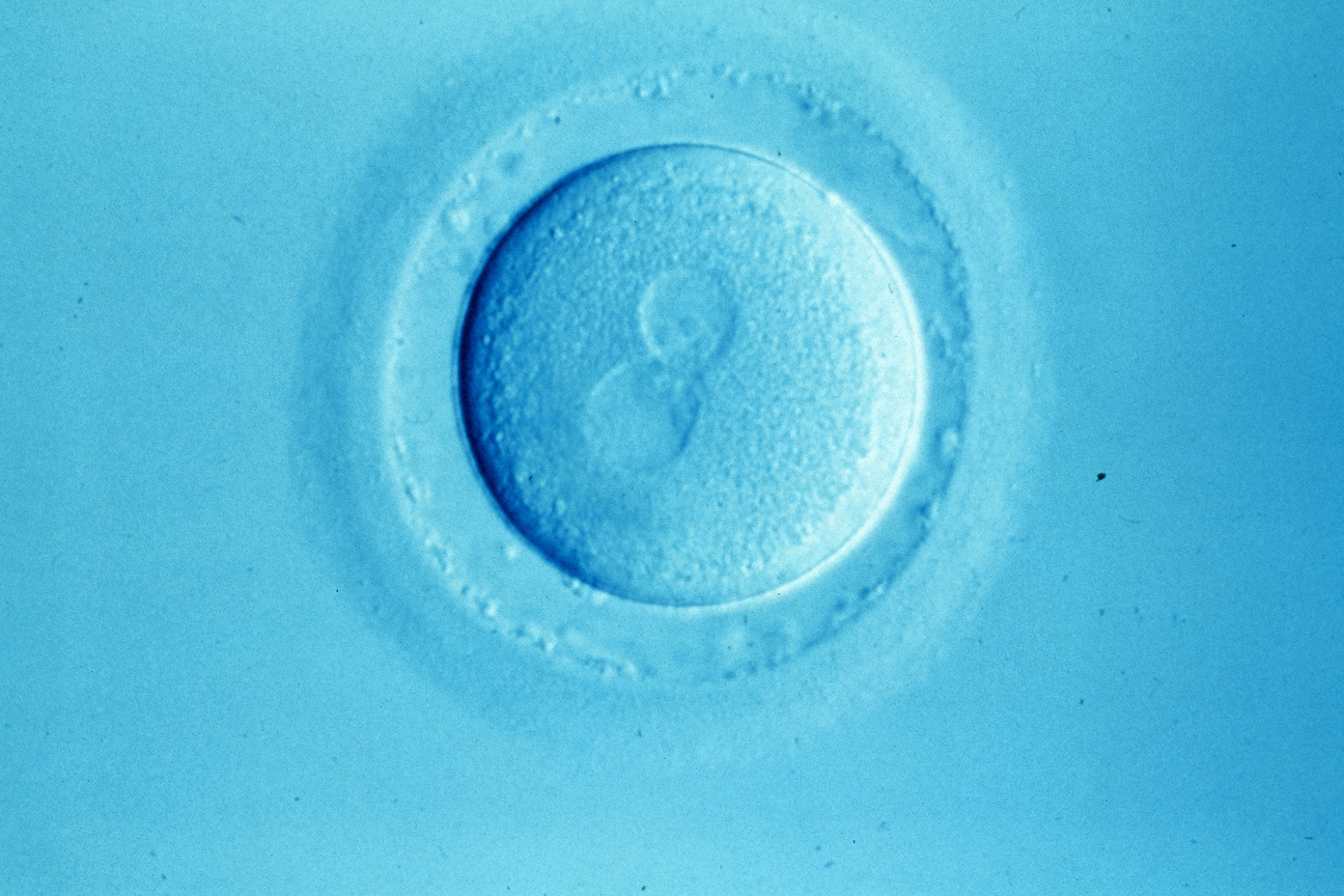Structural changes in a specific protein triggers egg coat hardening after fertilisation, research shows...
When a sperm fuses to an egg during fertilisation, the egg coat hardens to ensure that no other sperm can fuse. This is because multiple sperm fusing would provide too many chromosomes, and the embryo would be unable to develop correctly. Research from the Karolinska Institutet in Stockholm, Sweden has shown that cleavage of a protein called ZP2 in the egg coat plays a key role.
'It was known that ZP2 is cleaved after the first sperm has entered the egg, and we explain how this event makes the egg coat harder and impermeable to other sperm,' says Luca Jovine, professor at the department of biosciences and nutrition at the Karolinska Institutet, who led the study. 'This prevents polyspermy - the fusion of multiple sperm with a single egg - which is a fatal condition for the embryo.'
The study, published in Cell, used X-ray crystallography and cryo-electron microscopy, to examine the three-dimensional structure of ZP2 and the egg coat before and after sperm fusion. This showed that cleaved ZP2 interacts with other molecules, resulting in the formation of a sperm blocking mesh across the egg coat.
'We knew that these events were associated, but a molecular mechanism linking the different pieces of the puzzle was missing', said Professor Jovine.
Egg coat modification is irreversible in many animals, including mammals, therefore understanding the triggers is important for both infertility and contraceptives.
Several mutations in ZP genes have been linked to female infertility, and this discovery could help to understand why and provide new diagnostic criteria. In addition, there is potential that the process could be exploited for contraceptives. Further research will need to be conducted to understand additional interactions of the family of ZP proteins, and whether modification could allow for control over egg hardening.
'Mutations in the genes encoding egg coat proteins can cause female infertility, and more and more such mutations are being discovered,' explained Professor Jovine. 'We hope that our study will contribute to the diagnosis of female infertility and, possibly, the prevention of unwanted pregnancies.'
Sources and References
-
How does the body avoid multiple sperm fertilising an egg? The answer is in the cleavage
-
ZP2 cleavage blocks polyspermy by modulating the architecture of the egg coat
-
New discovery reveals how egg controls sperm entry
-
Eggs use a 'zipper' to block extra sperm: It may lead to non-hormonal contraception




Leave a Reply
You must be logged in to post a comment.